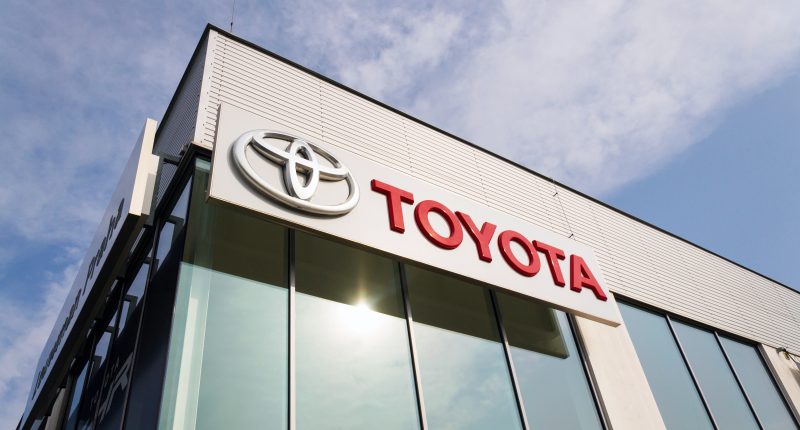On Wednesday, Toyota Kirloskar Motors launched India’s first all-hydrogen electric vehicle project with the International Centre of Automotive Technology (ICAT). The Toyota Mirai FCEV is the first hydrogen-powered fuel cell e-car globally and runs on pure hydrogen generated electricity. Toyota will work with the government’s testing agency ICAT to study and evaluate the fuel cell e-car for Indian roads and climate.
The Mirai is considered a zero-emission vehicle as the car only emits water from its tailpipe. According to the automobile manufacturer, the car has a refuelling time of five minutes and can run 646 kilometres on a full tank. The Toyota Mirai was initially launched in 2014 and introduced globally in 2020. The second-generation Toyota Mirai FCEV will be built at the Toyota Kirloskar Motors’ plant in Karnataka.
Green hydrogen is generated from renewable energy and biomass that is easily available. This pilot project will expedite India’s transition from fossil fuels to clean and green energy to work towards environmental conservation. The project also aims at spreading awareness about hydrogen and FCEV technology in India.
How do FCEVs work?
Fuel cell electric vehicles is an evolving automobile technology that works like electrolysis, i.e. electric current gets passed through a substance, which gains or loses an electron, but in reverse. Instead of using electricity to split water into oxygen and hydrogen, these elements will be combined to produce water and electricity. The electricity will then power the car’s motor, while water is the only waste produced.
The fuel cell in the vehicle gets oxygen from the air and hydrogen from an inbuilt tank. The challenge here is that hydrogen is not available in pure form in its natural state, and hence producing the same sustainably is what the government’s policy aims to achieve.
How are FCEVs better than lithium battery EVs?
There are two major advantages to using hydrogen-powered fuel cell electric vehicles over lithium battery electric vehicles. Hydrogen-powered fuel cells take just a few minutes to charge, whereas lithium batteries take several hours. Secondly, hydrogen is the most abundant element available compared to lithium.
The government has said that green energy would offer huge opportunities to decarbonise various sectors in India, such as road transportation. At the launch, Nitin Gadkari, Minister for Road Transport & Highways, said, “Green Hydrogen can be generated from renewable energy and abundantly available biomass. The introduction and adoption of technology to tap into green hydrogen’s potential will play a key role in securing India’s clean and affordable energy future.”
For any clarifications/feedback on the topic, don’t hesitate to contact the writer at athena.rebello@cleartax.in.

I’m a Chartered Accountant by profession and a writer by passion. ClearTax lets me be both. I love travel, hot tubs, and coffee. I believe that life is short, so I always eat dessert first. Wait.. life is also too short to be reading bios… Go read my articles!





